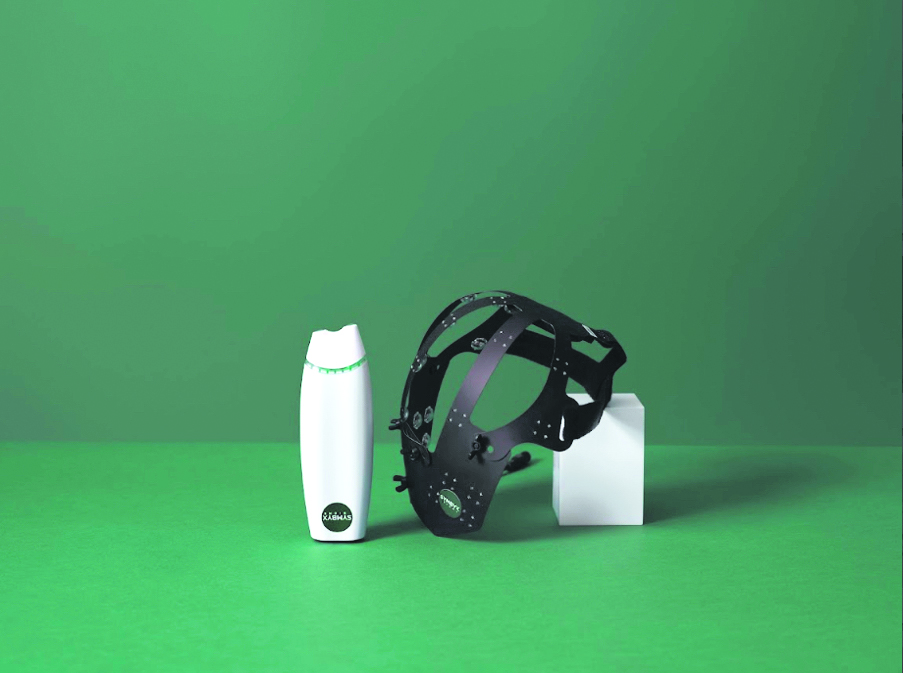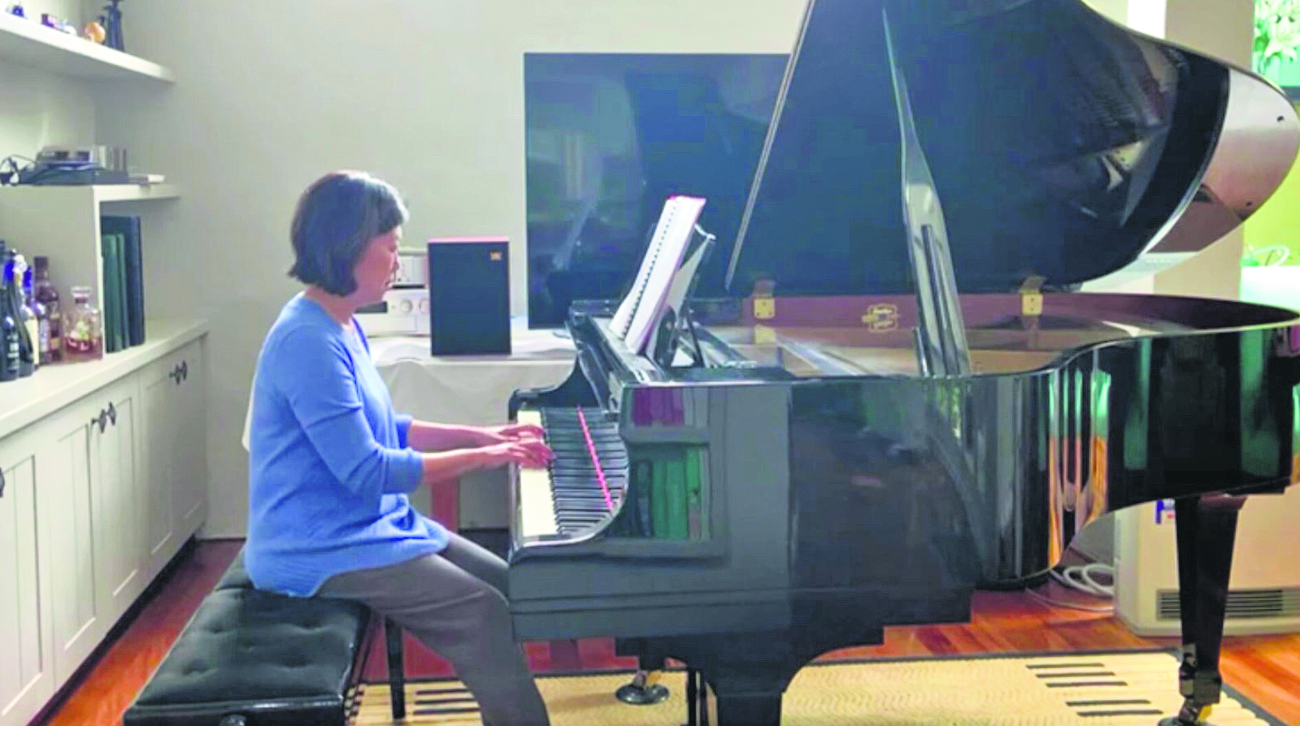Recent meetings at Indian hospitals, with neurologists and neuroscientists about the potential use of photobiomodulation for Parkinson’s and many other conditions will be a catalyst for numerous productive collaborations.
I am an Australian researcher, clinician scientist and recipient of a 2022 Rosalind Franklin Award for Women in Science for my work in managing Parkinson’s disease symptoms with laser light therapy. It has been an incredible journey and an honour to pioneer a safe, drug-free therapy with the potential to improve the lives of millions of people with Parkinson’s disease world-wide. We use light therapy, called photobiomodulation, to treat people with Parkinson’s disease as well as many other conditions, such as chronic pain and wounds.
I recently attended the World Association of PhotobiomoduLation Therapy (WALT) Congress at the Manipal Academy of Higher Education (MAHE). This was my first trip to India and I was struck by the long and impressive history of local education and medicine as well as the strong inter-disciplinary structure of the university with its dental, medical and allied health departments. The history of Ayurveda massage treatments and its strong parallels to manipulative physiotherapy and photomedicine was very striking. It was truly inspiring to attend the celebration for the inauguration of the first Chair of Photobiomodulation at MAHE, with our WALT colleague Professor Praveen Arany taking up the position.
There is estimated to be between 600,000 to 1,000,000 Indians living with Parkinson’s disease today and this number is expected to rise quickly due to an ageing population, the prevalence of certain risk-factors such as environmental pollutants (especially pesticides) and the fact that most people are unaware that there are now therapies to reduce symptom severity and potentially to slow disease progression. There is no doubt that there is a very promising opportunity for local research and clinical collaborations to bring this exciting therapy to India. India is particularly well placed to make a substantial contribution to this exciting area of medicine and to deliver on many of the recent health aims and objectives articulated at the G20 summit in Delhi.

The hypothesis that many forms of Parkinson’s disease actually start in the gut, and not the brain, began to gain traction about 10 years ago. Our Australian colleagues at Sydney University, led by Professor John Mitrofanis, conducted several experiments where the symptoms of Parkinson’s disease in mice were successfully reduced by irradiating their abdomens with light. Other experiments have shown that severing the vagus nerve, the only nerve that directly connects the gut and the brain, protects mice from Parkinson’s disease. The “body first” theory of Parkinson’s is now widely researched and held as a likely avenue for disease progression. In fact, this was a key theme presented at the recent World Parkinson’s Congress in Barcelona in July 2023 where we also presented our research. It was research like this that inspired me to co-found SYMBYX Biome, an Australian med-tech company which is commercialising hand-held laser devices and light helmets for home use. The primary focus of SYMBYX Biome is to improve conditions in the gut microbiome, the billions of micro-organisms found in our digestive tracts, to improve brain, immune and metabolic function. The SYMBYX devices have CE and TGA clearance in Europe and Australia and the helmet is available in the US as an FDA-exempt product (www.symbyxbiome.com). Such devices are both safe and approved for home use but larger clinic models are available for treating large patient cohorts. (See Picture 1)
At the WALT Congress in Manipal, I presented our team’s findings on the use of non-thermal light to reduce both motor and non-motor symptoms of Parkinson’s disease. Non-motor symptoms, in particular, are not addressed by existing Parkinson’s therapies and SYMBYX devices have improved sense of smell, mood, constipation and sleep disturbances in certain people. Margaret, who was a participant in our first ever trial, had her sense of smell return after an absence of four years, her balance and mobility improved, and, importantly, she is still in remission from the severe gastrointestinal symptoms that plagued her over the four years before she began treatment. The constellation of improvements for Margaret was very encouraging for the research group. Today, Margaret has been using SYMBYX Biome devices for five years to keep her Parkinson’s symptoms at bay. Chen Ong is a Sydney-based classical pianist who also suffers from Parkinson’s disease. She has appeared on an Australian News report, to tell her own story about how the therapy has helped her Parkinson’s symptoms. (See Picture 2)
Using photobiomodulation to treat chronic wounds, especially those associated with diabetes is slowly gaining traction. This approach has the potential to save many amputations of toes, fingers and limbs. This is acknowledged as a major problem in India with high health costs, productivity losses and impaired quality of life. Access to quality treatment has not been widespread, although the MAHE has been addressing this problem, as presented at the WALT Congress. The potential to alleviate chronic pain and inflammatory conditions such as osteoarthritis may also reduce the number of surgical interventions that are necessary. Chronic pain is a particular problem in India, with almost 20% of the population and 36% of the middle aged having this under-reported and under-treated condition. There is a palpable appetite for exploring new areas of application, including the chronic condition of type II diabetes, contributing to chronic kidney disease and Parkinson’s disease. It was therefore pleasing to see that MAHE were exploring the treatment of chronic kidney disease, post-surgical recovery, as well as neurodegenerative, neurodevelopmental and neuropsychiatric diseases with photobiomodulation.
I am very hopeful that recent meetings at Indian hospitals, with neurologists and neuroscientists about the potential use of photobiomodulation for Parkinson’s and many other conditions will be a catalyst for numerous productive collaborations between Indian teams, my research team and SYMBYX Biome. My talks with WALT colleagues and doctors from a number of hospitals, has resulted in many conversations with the objective of conducting large scale clinical trials for treatment of Parkinson’s disease using photobiomodulation in India. This would be an important next step in validating the treatment of Parkinson’s disease in the Indian population. Our collective ultimate aim should be to begin treating people with Parkinson’s disease before the neurological symptoms become apparent. Halting or even slowing down disease progression would depend on earlier disease diagnosis; an area of active research in India and the world. Innovation in technology and medicine, in particular, has the promise to reduce daily suffering, increase productivity and further buoy India’s standing as one of the most exciting, fastest growing and modernising economies in the world today. Several WALT speakers declared, “PBM is the future of medicine”. The momentum from our Indian Congress lays the groundwork for that future happening very soon.
Dr Ann Liebert PhD is an Australian researcher and clinician scientist.

